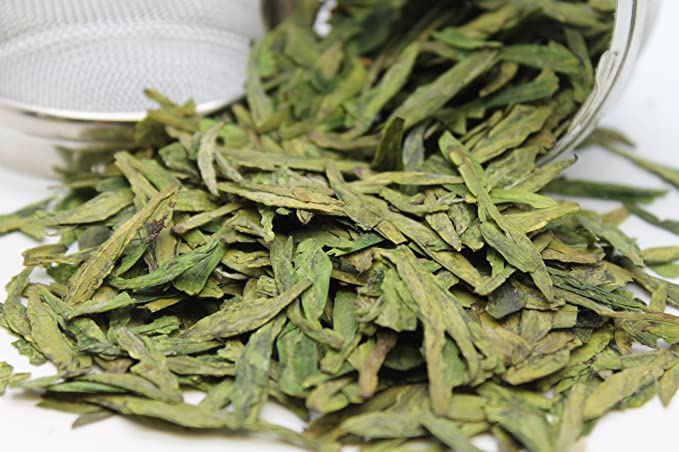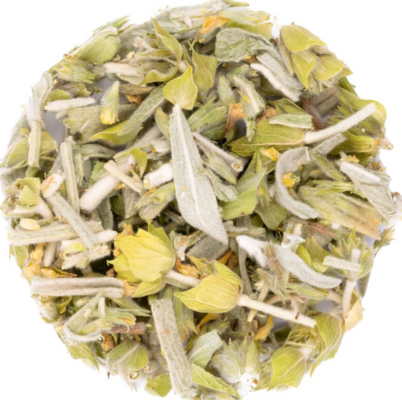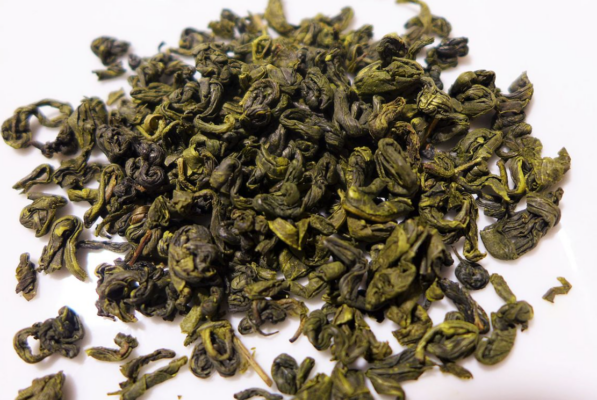The story goes that a village in China was experiencing a severe drought and the desperate locals were told to pray to a benevolent dragon that was said to live in a nearby well. Rain started falling from the sky once more and the city renamed itself into Longjing or “dragon well” to honor the dragon that had saved them. It was this village of Longjing, in the West Lake region in Hangzhou, Zhejiang Province in China, from which arguably the most prestigious variety of pan-roasted green tea hails.
The earliest recordings of the tea date back to the Tang Dynasty (618-907) and it has continued to rise in popularity and notoriety ever since. But it was during the Qing Dynasty (1644-1912), when emperor Qianlong visited the West Lake region of Hangzhou during one of his holidays, that the tea was elevated to even higher status. After being presented with a cup of Longjing tea in front of the Hu Gong Temple underneath the Lion Peak Mountain (Shin Feng Shan), the emperor became so enamored with the tea that he decreed that the 18 tea bushes in front, out of which the tea was made, would be the Imperial Tea Trees. Another version of the story tells that while picking the tea from the bushes Qianlong received word that his mother, empress Dowager, was ill. Rushing to travel back to Beijing to take care of her he stuffed the leaves in his robes, and upon return his mother was intrigued by the fragrance the tea leaves produced. Qianlong ordered a cup of tea to be brewed out of the leaves and it refreshed his mother so much that it was awarded the title of tribute tea for Empress Dowager.

The West Lake region where Longjing tea is cultivated is known for its mountain ranges, rainfall, heavy fog, and mild temperatures. When a tea plant receives a lot of sunlight the theanine, an amino acid, within the buds will convert into a polyphenol like catechins, a natural antioxidant. Conversely, because the foggy and rainy climate prevents the Longjing tea plants from getting a lot of direct sunlight, high levels of theanine are preserved, adding to the high nutritional value and fresh taste of Dragon Well tea. The highest quality is made from the youngest and freshest leaves, hand-picked before the Qingming Festival on the 5th of April each year. The leaves are then carefully roasted in large heated woks soon after picking to halt the natural oxidation process and to retain its nutrients and natural green hue. Once the leaves have dried they are flattened and folded to release the aroma.
Dragon Well tea remains popular to this day. So much so that a pre-market sale of 500 grams of the tea sold for the equivalent of $28,499 dollars in 2012, even more than the rate for gold that day. Because of its price, the highest quality of Dragon Well tea is usually reserved as gifts between businessmen and politicians, however, it’s success has also spawned numerous imitations with varying levels of quality, to be consumed more casually by tea lovers the world over.



